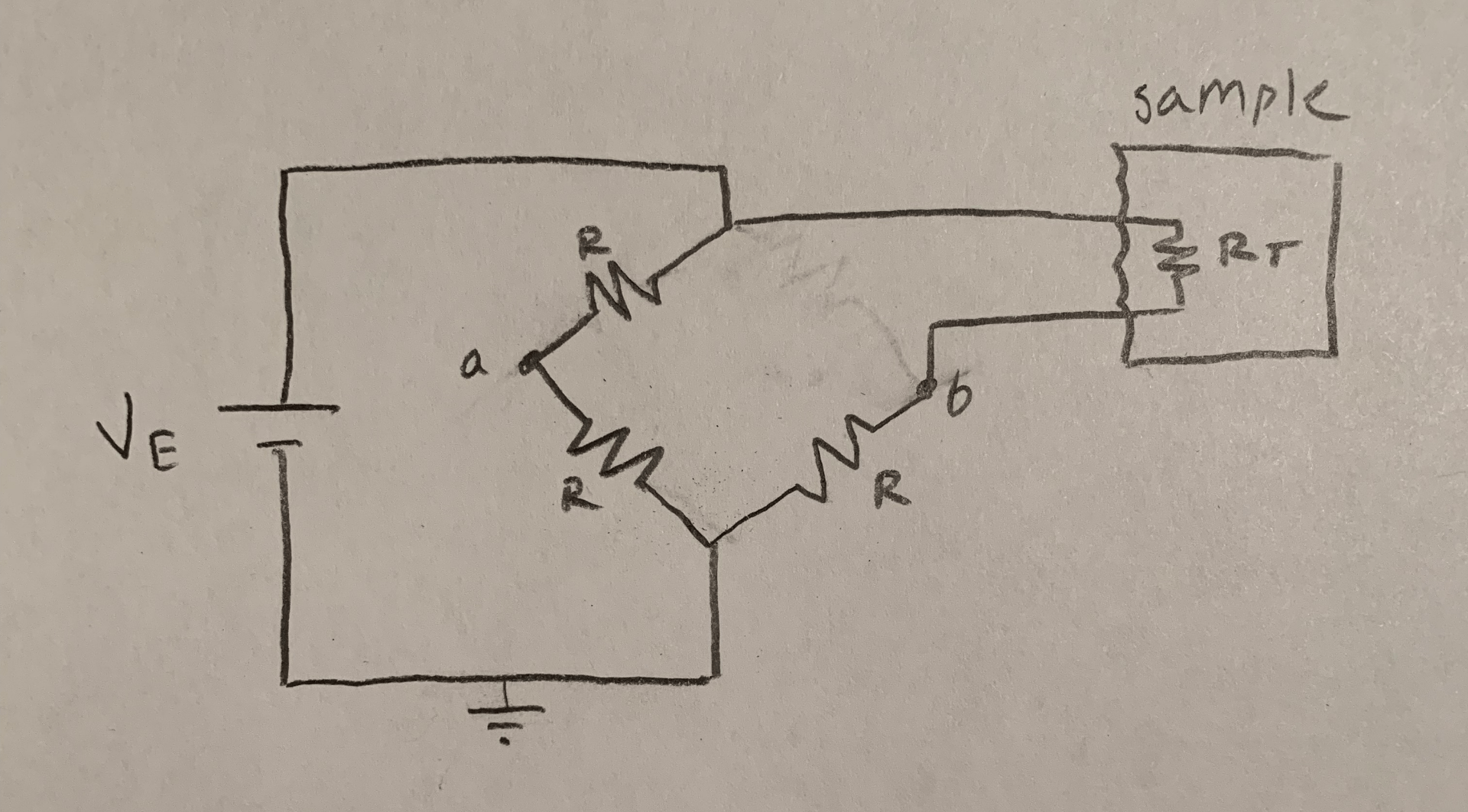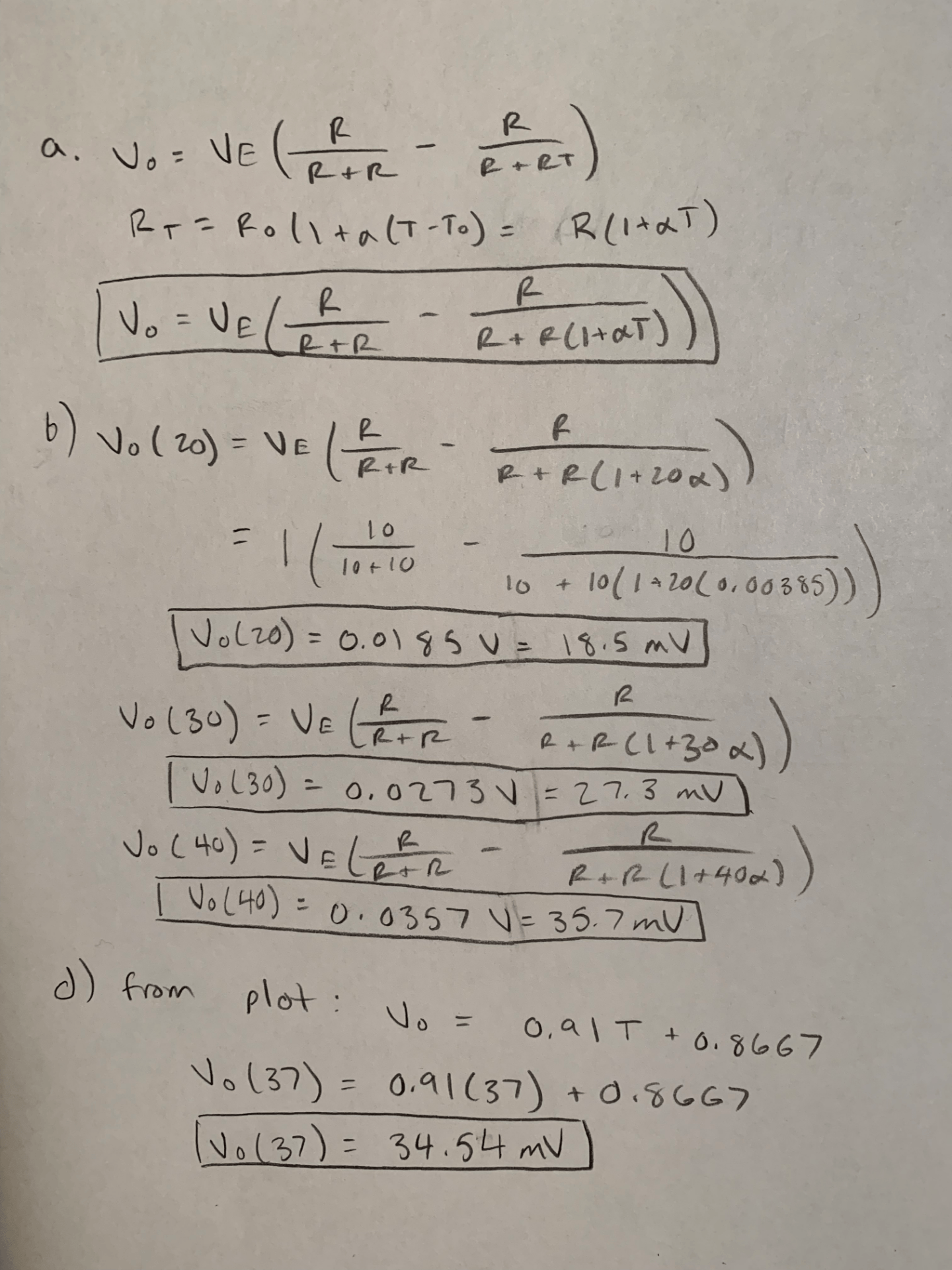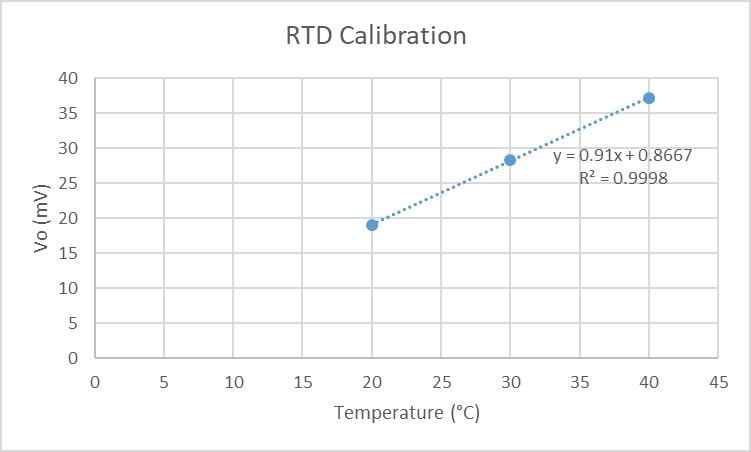If I’m being honest here, it’s been a while since I’ve had a solid gym routine. But this semester I’ve been going pretty regularly, and let me tell you, I’ve felt the burn. My muscles have felt pretty sore in the 2-3 days following my workouts, so I’ve had to turn to ibuprofen a few times to relieve the pain. But even after taking ibuprofen in the morning, I’ve felt sore again by the end of the day. This got me thinking: how effective is ibuprofen at reducing muscle soreness?
Non-steroidal anti-inflammatory drugs (NSAIDs) are commonly served over-the-counter at pharmacies. Some common forms you may recognize include aspirin and ibuprofen (Motrin, Advil). NSAIDs are taken for many reasons; they reduce pain and inflammation, lower fevers, and reduce clotting action.[1,2] The typical dosage for adults who are looking to reduce mild-moderate pain is 400 mg every 4-6 hours. For adults who have pain caused by osteoarthritis, the typical prescribed dose is 1200 mg.[3] However, despite their pain reducing use, NSAIDs could yield negative side effects such as increased risk in developing nausea, stomach pains, or an ulcer.[1]
The mechanism of NSAIDs when it comes to reducing pain and inflammation is known and understood. After intense workouts, prostaglandins are produced by muscle cells. They aid in the healing process of muscle, but this often leads to inflammation, pain, and fever. Enzymes called cyclooxygenases (COX-1, COX-2) produce the prostaglandins that promote inflammation, pain, and fever. The goal of NSAIDs is to inhibit COX-1 and COX-2 from producing prostaglandins, thus decreasing the pain. However, the COX-1 enzyme is responsible for creating prostaglandins that protect the stomach lining and support platelet aggregation, so the inhibition of the enzyme is what could lead to stomach ulcers and the promotion of bleeding.[1,2,4] The science behind NSAIDs seems promising, but clinical research may prove otherwise.
Athletes commonly take NSAIDs after performing physical activity because they claim the drugs reduce pain and decrease recovery time. But here is the issue: only very few studies have been able to support this claim. Some studies have reported results that do indicate a beneficial effect, by stating NSAIDs used prophylactically mitigate exercise-induced inflammation, circulating creatine kinase levels, and muscle soreness.[5] On the other hand, these claims made by athletes lack scientific support. NSAIDs are known to treat inflammation, but many histological studies have proven that most overuse injuries are caused by tissue degeneration and not inflammation. Also, NSAIDs temporarily “mask” the pain caused by tissue degeneration or soreness. This does not ensure that muscles or tissues are actively getting healthier; it only hides the pain from the athlete. [5] Clearly, there are many different opinions about the use of NSAIDs, specifically ibuprofen, in the sports medicine field. Let’s take a look at what the “research says” about it.
A study at the University of Saskatchewan was conducted to determine the effects of ibuprofen on muscle hypertrophy, strength, and soreness during resistance training. Participants (12 males, 6 females) trained their left and right biceps for six weeks, alternating arms on each day. The training program called for concentric curls at 70% of RM and eccentric curls at 100% of 1 RM. Every day after their training, they either received a 400 mg dose of ibuprofen or a placebo. On training days, each participant was asked to rate their soreness on a scale from 0-9. For both the placebo and ibuprofen, the participants reported soreness during the first week and that soreness decreased throughout the program to the point where participants felt no soreness in either arm during the final week. The researchers concluded that ibuprofen was not effective in reducing perceived soreness during the training. However, the researchers do not reflect on the limitations of their own study. They had a small and uneven sample size when it came to gender and there could have been discrepancies and residual effects that came along with taking ibuprofen inconsistently. Additionally, they seemed pretty convinced by their findings, but maybe the dose they chose was not strong enough to show any reduction in soreness in a long term study.[6]
On the other hand, another study drew opposite conclusions. Researchers in Greece conducted a study to determine the effects of ibuprofen on delayed onset muscle soreness (DOMS) and muscular performance. Participants (14 men, 5 women) who have not done strength training in the last 6 months performed eccentric leg curls at 100% RM. Nine (9) subjects were given a 400 mg dose of ibuprofen every 8 hours for 48 hours after exercise, while the remaining 10 subjects received a placebo. The subjects rated their amount of soreness on a scale of 1-10 prior to exercising, 24 hours after exercising and 48 hours after exercising. The results showed that muscle soreness was significantly lower for the ibuprofen group at both 24 hours and 48 hours after exercising. Similar to the previous study, the researchers did not evaluate the limitations of their study. The number of participants and number of each gender were low and uneven, respectively. Also, the soreness results were not discussed much in the conclusion of the paper. The researchers did not support why the soreness decreased with scientific evidence, which is what they did for the other the parameters they were testing for.[7]
Clearly, both studies came to different conclusions. However, both studies were conducted for different amounts of time, contained different exercises, and with subjects of different athletic abilities. There have been plenty of studies conducted to determine how effective ibuprofen is at reducing soreness, but each study contradicts the next.
Overall, many studies show that ibuprofen is a short term solution to hiding muscle soreness, but it may not be effective long term. Though, I’m still going to keep on using it to treat my soreness.
Questions to consider:
- Do you take NSAIDs to reduce your soreness after working out? How effective do you find them to be?
- Do you think there’s a better way to measure soreness and how ibuprofen affects our muscles?
- Do you think the length of the study has any correlation with the effectiveness of ibuprofen?
Sources:
- (n.d.) Nonsteroidal Anti-inflammatory Drugs (NSAIDs). Retrieved from https://www.medicinenet.com/nonsteroidal_antiinflammatory_drugs/article.htm#what_are_nsaids_and_how_do_they_work
- Tscholl, M., et al (2016). A sensible approach to the use of NSAIDs in sports medicine . Swiss Sports & Exercise Medicine , 65(2), 15–20.
- (n.d.) Ibuprofen (Oral Route). Retrieved from https://www.mayoclinic.org/drugs-supplements/ibuprofen-oral-route/proper-use/drg-20070602
- (n.d.) What Are NSAIDs? Retrieve from https://orthoinfo.aaos.org/en/treatment/what-are-nsaids/
- Stuart J. Warden (2010) Prophylactic Use of NSAIDs by Athletes: A Risk/Benefit Assessment, The Physician and Sportsmedicine, 38:1, 132-138, DOI: 10.3810/ psm.2010.04.1770
- Krentz , J. (2008). The effects of ibuprofen on muscle hypertrophy, strength, and soreness during resistance training. Applied Physiology Nutrition and Metabolism , 33(3), 470–475. doi: 10.1139/H08-019











